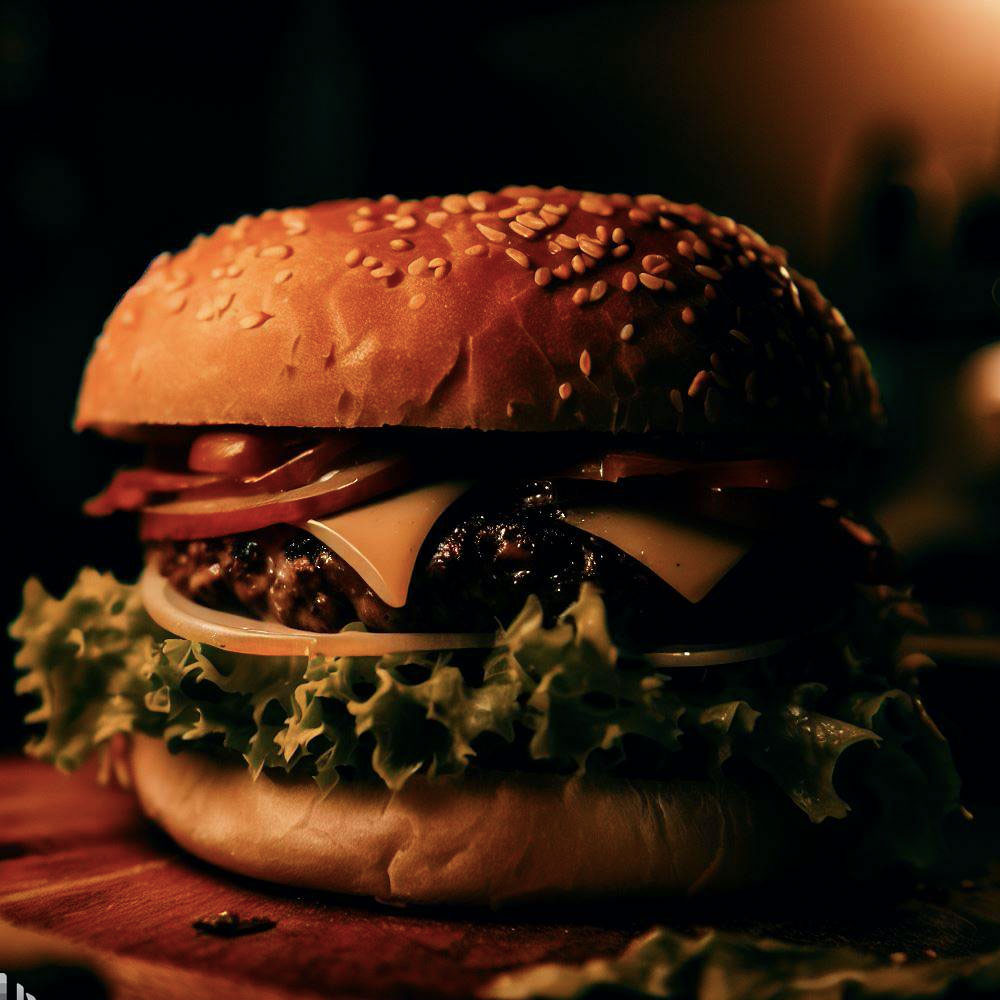News Nexus
Your source for the latest in general news and information.
Snap, Sizzle, Serve: The Secret Recipe for Stunning Food Photos
Discover the secret to breathtaking food photos! Learn the art of snapping, sizzling, and serving like a pro in our must-read guide.
Top 5 Tips for Capturing Gourmet Food Photos Like a Pro
Capturing gourmet food photos requires a keen eye and a few essential techniques to make your dishes look as delicious as they taste. First and foremost, lighting is crucial—natural light is often the best choice for food photography. Position your setup near a window to take advantage of soft, diffused light. If the direct sunlight is too harsh, use a white curtain to diffuse it. Secondly, consider the composition of your shot; apply the rule of thirds by dividing your frame into a 3x3 grid and placing your main subject along the intersecting lines for a balanced and attractive image.
Next, enhance your shots by incorporating props that complement your dishes. Use beautiful plates, utensils, and even fresh ingredients to create a more dynamic scene. Remember to keep the background simple to avoid distracting from the food itself. Also, don't forget to experiment with different angles; overhead shots work well for flat lays, while a 45-degree angle often showcases the dish's depth better. Lastly, always pay attention to the details—wiping away any spills, adding fresh herbs, or garnishing your plate can make a significant difference, ensuring your gourmet food photos stand out like a pro!

The Ultimate Guide to Natural Lighting for Food Photography
Natural lighting is a crucial element in food photography that can dramatically enhance the visual appeal of your dishes. Utilizing sunlight can help create the perfect atmosphere, bringing out the natural colors and textures of your ingredients. To achieve the best results, consider the time of day when shooting; early morning and late afternoon offer softer, more flattering light. Also, pay attention to your location—shooting near a window or in an open outdoor space can create beautiful highlights and shadows that add depth to your images.
To maximize the use of natural lighting, follow these essential tips:
- Diffuse harsh light by using sheer curtains or reflectors to soften shadows and create an even exposure.
- Experiment with angles to find the most flattering position for your food. Shooting from above or at a 45-degree angle can yield stunning results.
- Incorporate props like plates and utensils that complement your dish without distracting from it, helping to maintain the focus on the food.
How to Style Your Plate for Jaw-Dropping Food Visuals
Styling your plate is an essential aspect of culinary presentation that can transform a simple meal into a stunning visual experience. To achieve **jaw-dropping food visuals**, begin by selecting the right plate. Choose a color that contrasts with the food to make the dish pop. For instance, darker plates can enhance the visual appeal of lighter dishes, such as salads or seafood, while white plates serve as a classic backdrop for vibrant, colorful meals. Additionally, consider the size and shape of the plate; larger plates give you more space to create an artistic arrangement, while smaller plates can create a more intimate dining experience.
Once you've selected your plate, focus on the arrangement of your food. Use the rule of thirds to create balance—place the main component of your dish off-center and complement it with garnishes like herbs or microgreens. Remember to leave some empty space on the plate; negative space can enhance the overall presentation and make the food appear more luxurious. Lastly, don’t forget about the finishing touches: a drizzle of sauce, a sprinkle of seasoning, or a touch of edible flowers can elevate the dish from ordinary to extraordinary. By following these tips, you can master the art of plating and ensure your meals are always **insta-worthy**.